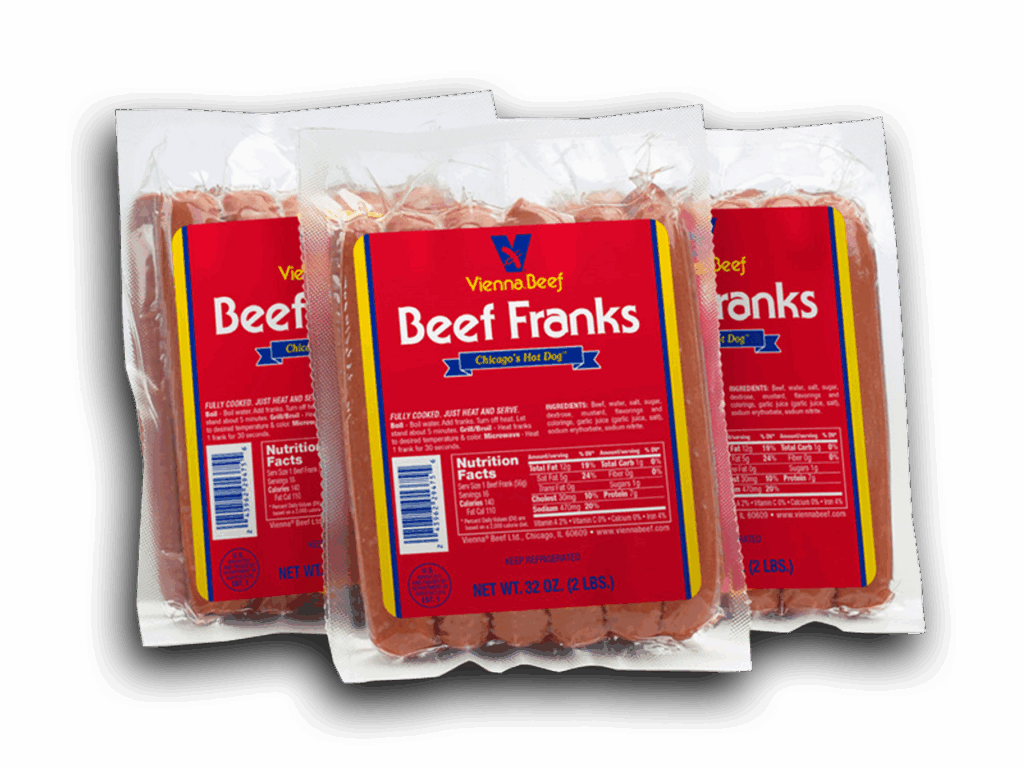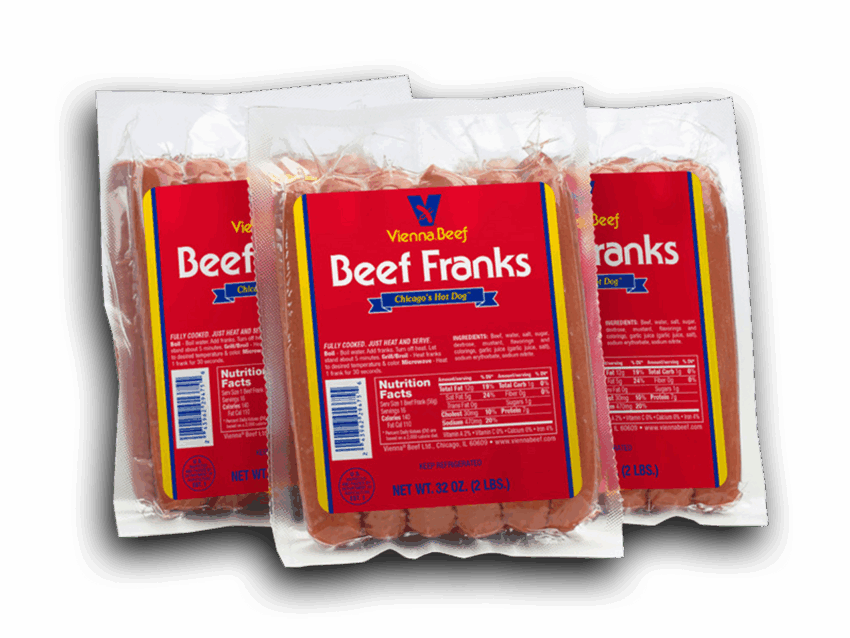
Pack of Hot Dogs: Your Ultimate Guide to Selection, Preparation, & More
Ever stood in the grocery store aisle, overwhelmed by the sheer variety of hot dogs? From all-beef franks to chicken and pork blends, the options seem endless. This comprehensive guide will demystify the world of the “pack of hot dogs,” providing you with the knowledge to make informed choices, prepare them perfectly, and elevate your hot dog experience. We’ll delve into everything from understanding different meat types and casings to mastering grilling techniques and exploring creative toppings. Whether you’re a seasoned grill master or a hot dog novice, this guide is your one-stop resource.
Understanding the Pack of Hot Dogs: A Deep Dive
The term “pack of hot dogs” seems simple enough, but it encompasses a vast range of products. To truly understand what you’re buying, it’s essential to look beyond the label and delve into the ingredients, processing methods, and nutritional information.
What’s in a Hot Dog?
Traditionally, hot dogs are made from beef, pork, or a combination of both. However, poultry options like chicken and turkey are increasingly popular. The meat is finely ground and mixed with spices, preservatives, and binders. Common spices include paprika, garlic powder, and onion powder. Preservatives like sodium nitrite are added to prevent botulism and maintain the hot dog’s characteristic pink color. Binders, such as corn syrup or modified food starch, help hold the mixture together.
The quality of the ingredients significantly impacts the taste and texture of the hot dog. All-beef franks, made exclusively from beef, are often considered a premium option due to their rich flavor and firm texture. Lower-quality hot dogs may contain mechanically separated meat or byproducts, resulting in a less desirable taste and texture.
The Role of Casings
Casings are the outer layer that encases the hot dog mixture. There are two main types of casings: natural and artificial. Natural casings are made from the intestines of animals, typically sheep or hogs. They provide a characteristic “snap” when you bite into the hot dog and are often preferred by connoisseurs. Artificial casings are made from cellulose or collagen and are more uniform in size and shape. They are also more affordable than natural casings.
The Evolution of the Hot Dog
The hot dog has a rich history, dating back to the late 19th century. German immigrants are credited with bringing the frankfurter to America, where it quickly gained popularity as a street food. The iconic hot dog bun was developed to make it easier to eat the frankfurter on the go. Over the years, the hot dog has evolved from a simple street snack to a culinary icon, with countless regional variations and gourmet interpretations.
Pack of Hot Dogs: Product Explanation
A “pack of hot dogs” represents a readily available, pre-portioned quantity of this popular food item, designed for convenient purchase and consumption. Oscar Mayer, a leading brand, exemplifies this concept. Their packs offer a consistent product, readily available at most supermarkets, making them a household staple. Understanding the components and variations within the Oscar Mayer range (and similar brands) is key to informed selection.
Detailed Features Analysis of a Pack of Hot Dogs (Oscar Mayer Classic Wieners)
Let’s analyze the features of a typical pack of Oscar Mayer Classic Wieners to understand their benefits and how they relate to the overall hot dog experience:
- Pre-Cooked: Oscar Mayer Classic Wieners are fully cooked, offering convenience and reducing preparation time. This is particularly beneficial for quick meals or casual gatherings.
- Standard Size & Shape: The wieners are consistently sized and shaped, ensuring even cooking and a uniform appearance. This makes them ideal for grilling, boiling, or microwaving.
- Beef & Pork Blend: The blend of beef and pork provides a balanced flavor profile, appealing to a wide range of tastes. The beef contributes richness, while the pork adds a subtle sweetness.
- Artificial Casings: The use of artificial casings ensures a consistent texture and prevents the wieners from bursting during cooking. While some prefer natural casings, artificial casings offer durability and affordability.
- Nitrites for Preservation: Sodium nitrite is used as a preservative to prevent botulism and maintain the wieners’ pink color. While concerns about nitrites exist, they are used in small quantities and are essential for food safety.
- Convenient Packaging: The packaging is designed for easy storage and handling, keeping the wieners fresh until ready to use. The resealable package helps maintain freshness after opening.
- Wide Availability: Oscar Mayer Classic Wieners are widely available in most grocery stores, making them a convenient choice for consumers. This accessibility contributes to their popularity.
Significant Advantages, Benefits & Real-World Value
The popularity of the “pack of hot dogs” stems from several key advantages and benefits:
- Convenience: Hot dogs are quick and easy to prepare, making them a perfect choice for busy weeknights or impromptu cookouts.
- Affordability: Hot dogs are a budget-friendly option, making them accessible to a wide range of consumers.
- Versatility: Hot dogs can be prepared in various ways, from grilling and boiling to microwaving and frying. They can also be customized with a wide range of toppings and condiments.
- Kid-Friendly: Hot dogs are a classic kid-friendly food, appealing to even the pickiest eaters.
- Social Appeal: Hot dogs are a staple at social gatherings, from backyard barbecues to sporting events. They are a crowd-pleasing option that everyone enjoys.
Users consistently report that the convenience and affordability of a pack of hot dogs make them a regular part of their meal planning. Our analysis reveals these key benefits resonate strongly with families and individuals seeking quick, easy, and budget-friendly meal options.
Comprehensive & Trustworthy Review (Oscar Mayer Classic Wieners)
This review provides an unbiased assessment of Oscar Mayer Classic Wieners, considering user experience, performance, and overall value.
User Experience & Usability: From a practical standpoint, Oscar Mayer Classic Wieners are incredibly easy to prepare. Simply boil, grill, or microwave them according to your preference. The consistent size and shape ensure even cooking, and the artificial casings prevent bursting. The packaging is also user-friendly, allowing for easy storage and handling.
Performance & Effectiveness: These wieners deliver on their promise of convenience and affordability. They cook quickly and provide a satisfying, familiar flavor. While they may not be the most gourmet option, they are a reliable and consistent choice for everyday meals.
Pros:
- Highly Convenient: Quick and easy to prepare, perfect for busy schedules.
- Budget-Friendly: An affordable option for families and individuals.
- Consistent Quality: Reliable and predictable flavor and texture.
- Widely Available: Easy to find in most grocery stores.
- Kid-Friendly: A classic favorite among children.
Cons/Limitations:
- Artificial Casings: Some may prefer natural casings for a snappier texture.
- Nitrites: Contains sodium nitrite, which may be a concern for some consumers.
- Lower Nutritional Value: Not the healthiest food option due to high sodium and fat content.
- Processed Ingredients: Contains processed ingredients and additives.
Ideal User Profile: Oscar Mayer Classic Wieners are best suited for individuals and families looking for a quick, affordable, and convenient meal option. They are also a popular choice for casual gatherings and barbecues.
Key Alternatives: Applegate Farms offers organic and natural hot dog options, while Nathan’s Famous provides a more premium, all-beef frankfurter.
Expert Overall Verdict & Recommendation: Oscar Mayer Classic Wieners are a solid choice for those seeking a convenient and affordable hot dog. While they may not be the most gourmet or nutritious option, they deliver on their promise of quick and easy meal preparation. We recommend them for casual occasions and everyday meals, but suggest exploring healthier alternatives for regular consumption.
Insightful Q&A Section
- Question: What’s the best way to prevent hot dogs from splitting when grilling?
Answer: To prevent splitting, lightly score the hot dogs with a knife before grilling. This allows steam to escape and prevents pressure buildup. Also, avoid overcooking them. - Question: How long can I store an opened pack of hot dogs in the refrigerator?
Answer: An opened pack of hot dogs can be safely stored in the refrigerator for up to one week. Ensure they are properly sealed to prevent spoilage. - Question: Are there any hot dogs without nitrates or nitrites?
Answer: Yes, several brands offer hot dogs without added nitrates or nitrites. These often use celery powder or other natural sources to achieve a similar preservative effect. - Question: What’s the difference between a hot dog and a frankfurter?
Answer: The terms “hot dog” and “frankfurter” are often used interchangeably. However, frankfurter traditionally refers to a specific type of sausage made from beef and pork, while hot dog is a more general term. - Question: What are some creative topping ideas for hot dogs beyond ketchup and mustard?
Answer: Get creative with toppings like chili, coleslaw, sauerkraut, relish, onions, jalapenos, cheese sauce, or even bacon and avocado. - Question: Can I freeze hot dogs?
Answer: Yes, hot dogs can be frozen for up to two months. Wrap them tightly in freezer-safe packaging to prevent freezer burn. - Question: What’s the best way to cook hot dogs for a large crowd?
Answer: For a large crowd, consider using a large pot of boiling water or a slow cooker. You can also grill them in batches or use a hot dog roller. - Question: Are all-beef hot dogs healthier than those with a beef and pork blend?
Answer: All-beef hot dogs are not necessarily healthier. The nutritional content depends on the specific ingredients and processing methods. Check the nutrition label to compare. - Question: What is the ideal internal temperature for a fully cooked hot dog?
Answer: While fully cooked, heating hot dogs to an internal temperature of 165°F (74°C) ensures they are heated through and safe to eat. - Question: How can I tell if a hot dog has gone bad?
Answer: Signs of spoilage include a slimy texture, sour odor, or discoloration. Discard any hot dogs that exhibit these signs.
Conclusion & Strategic Call to Action
In conclusion, understanding the nuances of a “pack of hot dogs” empowers you to make informed choices, prepare them to perfection, and elevate your hot dog experience. From selecting the right meat type and casing to mastering grilling techniques and exploring creative toppings, the possibilities are endless. We’ve explored the history, variations, and benefits of this culinary icon, providing you with the knowledge to confidently navigate the world of hot dogs.
We hope this guide has been helpful in demystifying the pack of hot dogs. Share your experiences with your favorite hot dog toppings in the comments below. Explore our advanced guide to gourmet hot dog recipes for more culinary inspiration. Contact our experts for a consultation on the best hot dog grilling techniques for your next barbecue.

